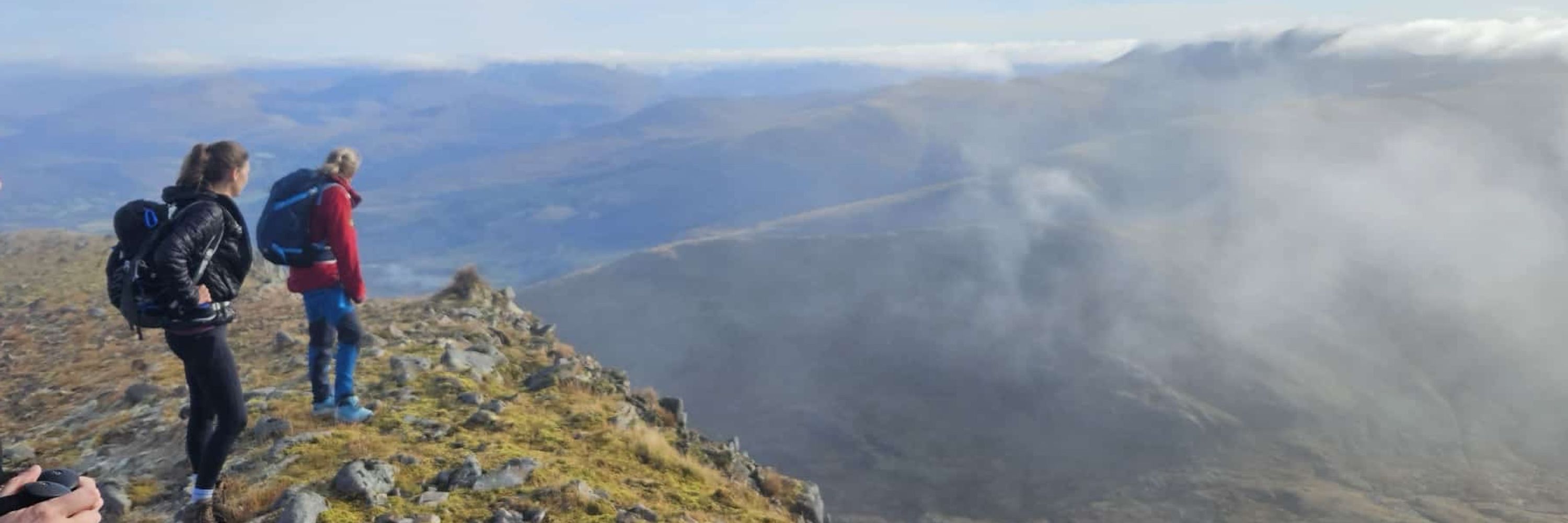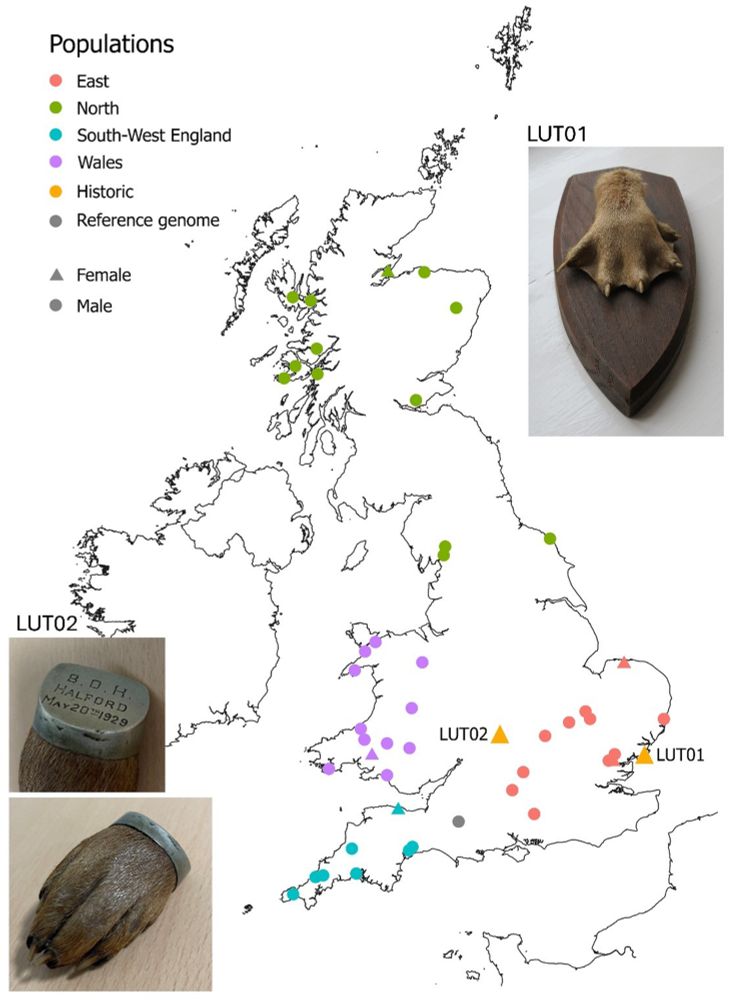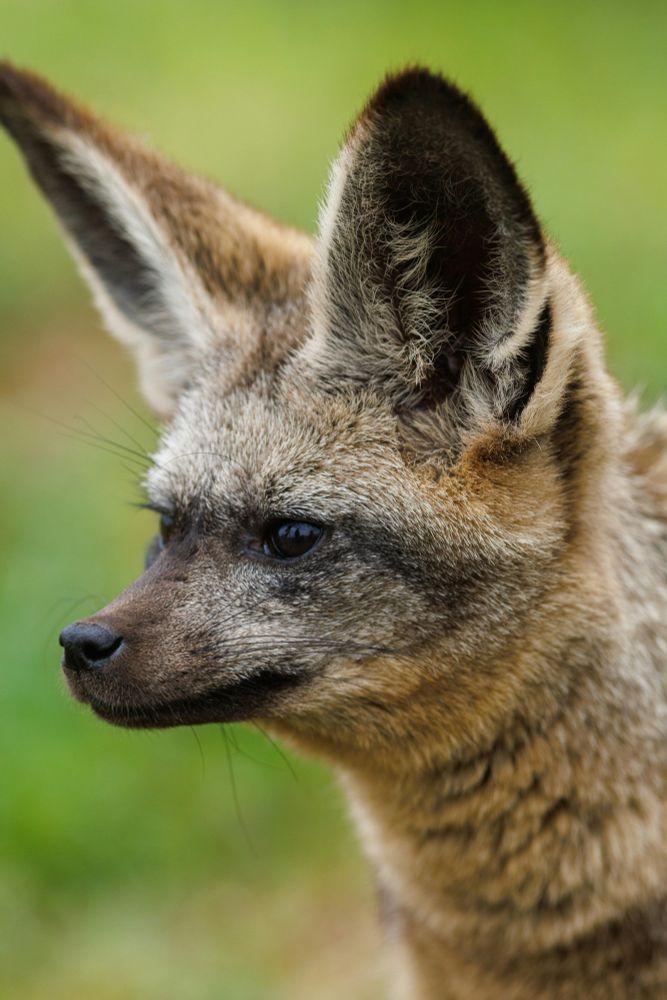
Sarah du Plessis
@sduplessis.bsky.social
Postdoc in EvoMorphoLab at University of Copenhagen | Carnivore population and conservation genomics | Otter specialist | She/her | @SarahduPlessi16
This research wouldn't have been possible without paw donations from Essex Wildlife Trust, the Cardiff Bio HPC team, and funding from NERC GW4+ and @embo.org
May 1, 2025 at 1:05 PM
This research wouldn't have been possible without paw donations from Essex Wildlife Trust, the Cardiff Bio HPC team, and funding from NERC GW4+ and @embo.org
Thanks to all the Cardiff folk 🏴 @o-o-frank.bsky.social @otterproject.bsky.social @molecol-cardiffuni.bsky.social and the Copenhagen lot 🇩🇰 @hologenomics.bsky.social
May 1, 2025 at 1:05 PM
Thanks to all the Cardiff folk 🏴 @o-o-frank.bsky.social @otterproject.bsky.social @molecol-cardiffuni.bsky.social and the Copenhagen lot 🇩🇰 @hologenomics.bsky.social
🙏 Thanks to all my co-authors on this publication, I’m glad to have another chapter from my PhD out there, and the work that first brought me to Copenhagen!
May 1, 2025 at 1:05 PM
🙏 Thanks to all my co-authors on this publication, I’m glad to have another chapter from my PhD out there, and the work that first brought me to Copenhagen!
🧬 While preliminary (n=2), these findings demonstrate the significant potential of museum specimens, and specifically otter hunting trophies, for temporal population genetic studies in this species and system, providing crucial context for contemporary conservation efforts.
May 1, 2025 at 1:05 PM
🧬 While preliminary (n=2), these findings demonstrate the significant potential of museum specimens, and specifically otter hunting trophies, for temporal population genetic studies in this species and system, providing crucial context for contemporary conservation efforts.
📊 Despite coming from the east of England, we showed that the historical samples cluster with modern Welsh populations rather than with modern east England populations, and don’t show the divergent, Asian, mitochondrial lineage, suggesting any possible Asian introductions likely occurred later.

Historical genomic variation of Eurasian otters (Lutra lutra) in Britain, from hunting trophies - Conservation Genetics Resources
Genomic data from historical specimens can provide insights into populations and processes no longer evident from modern samples. Identifying viable sources of historical DNA is key to this. Here we a...
link.springer.com
May 1, 2025 at 1:05 PM
📊 Despite coming from the east of England, we showed that the historical samples cluster with modern Welsh populations rather than with modern east England populations, and don’t show the divergent, Asian, mitochondrial lineage, suggesting any possible Asian introductions likely occurred later.
🔬 Our study examined 2 trophy paws from 1929 and 1952, yielding 77 and 85% endogenous DNA, establishing these specimens as valuable resources for historical genetic research.

Historical genomic variation of Eurasian otters (Lutra lutra) in Britain, from hunting trophies - Conservation Genetics Resources
Genomic data from historical specimens can provide insights into populations and processes no longer evident from modern samples. Identifying viable sources of historical DNA is key to this. Here we a...
link.springer.com
May 1, 2025 at 1:05 PM
🔬 Our study examined 2 trophy paws from 1929 and 1952, yielding 77 and 85% endogenous DNA, establishing these specimens as valuable resources for historical genetic research.
We've got some exciting canidae work ongoing, so stay tuned... 💀🦊
December 11, 2024 at 3:43 PM
We've got some exciting canidae work ongoing, so stay tuned... 💀🦊
It was a bat-eared fox, Otocyon megalotis!

December 11, 2024 at 3:41 PM
It was a bat-eared fox, Otocyon megalotis!

